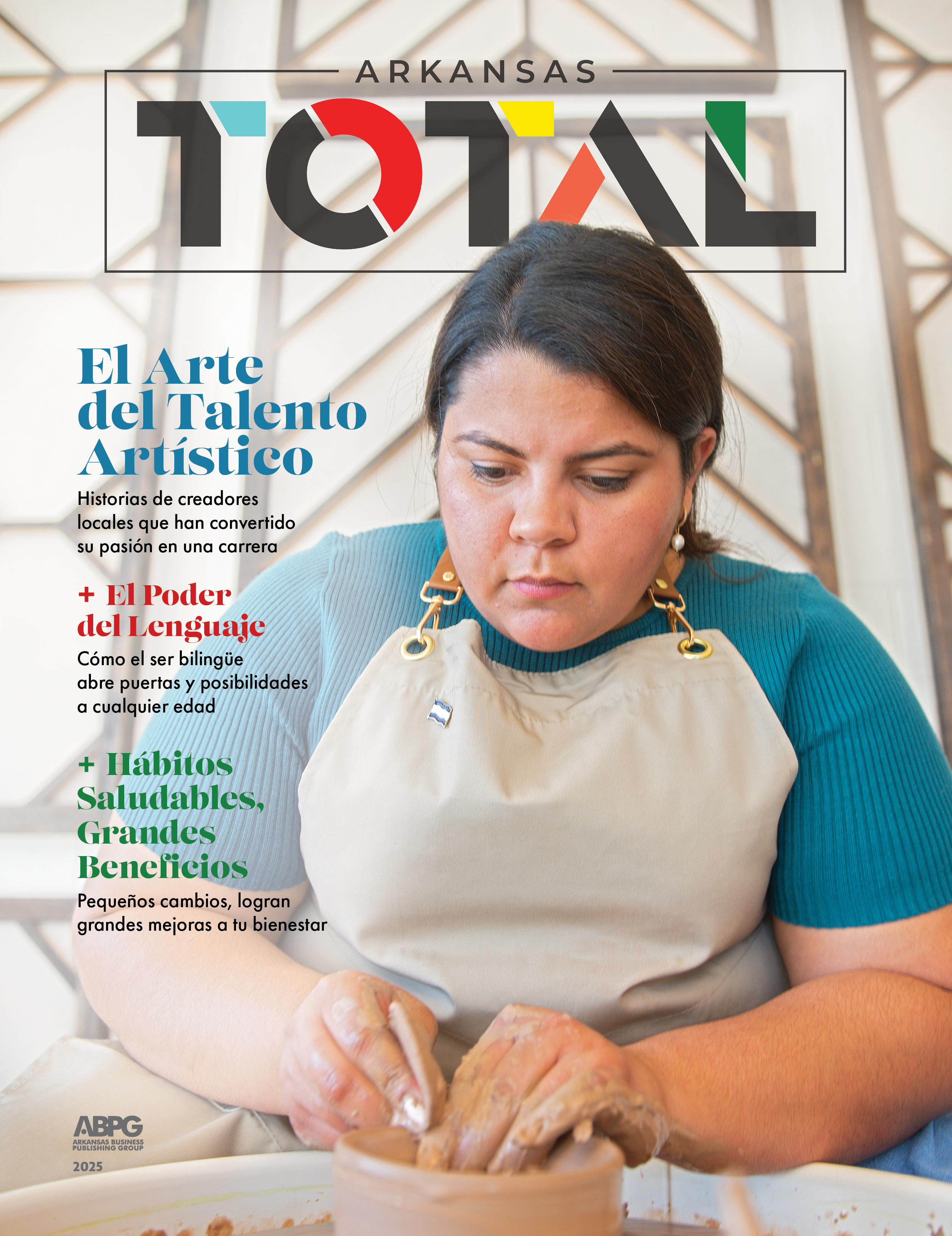The Muralist From Mexico: Octavio Logo

También puedes leer este artículo en español, De México Llegó el Muralista: Octavio Logo.
When Octavio Logo was 5 years old, 5,000 people died around him. It was the morning of September 19, 1986, when an earthquake struck Mexico City and destroyed new buildings, but didn't harm Aztec and Castilian constructions. And the earthquake killed at least 5,000 men, women, children.
The boy Octavio stopped chewing his breakfast — he couldn't chew, that's how angry the ground was — and the chairs began to dance until they fell. His mother took him out to the street, and he remembers the thunder coming from the ground and the devastation. But what he remembers most is what happened next: people helping each other, strangers making groups to rescue other strangers, bringing food to mothers and their children, water to those who were fighting to lift the ruins and search for those who were buried.
"Everyone became a volunteer," he said.
Now Octavio Logo, a Mexican painter, lives in Arkansas. His home is Fayetteville, whose streets and those of other towns he has painted with his message. In the Ozark Mountains he remains faithful to the heritage that one day led him to pick up a paintbrush: that of the ancient murals created by peoples who lived a millennia before to the Aztecs' works of astonishing colors and shapes. He is further inspired by the murals of the nations that followed the unparallelled murals of the trilogy of Diego Rivera, David Alfaro Siqueiros and José Clemente Orozco. In his heart he also carries the gigantic mural that Juan O'Gorman created on the walls of the Main Library at the National Autonomous University of Mexico.
In these murals, as in Mexican life, there is complexity; there is dance and music. There is a heritage of centuries, of the Spanish and their Catholicism and the Aztecs and their Guerra Florida. There is poetry and blood, a clash of languages, and there is death. In short, life.
Death is alive in Logo's painting: violent death; death caused by the police and the government. One of his murals in Fayetteville is the face of George Floyd, the Black man killed by a police officer in Minneapolis on May 25, 2020. That crime started a wave of protests that changed the American view of minorities and whose repercussions are still felt around the world.
The image of George Floyd was painted in Logo's studio.
Death is also alive in Logo's life. He knows how people are uncomfortable thinking about it, but Logo is aware that "we are going to die anyway." He is is at peace with the fact that life is not endless.
Those contradictions in life create spirits of contradiction: "there are no positives or negatives," he says. Logo is also fascinated by aspects of classical European art.

This fascination grew when his father gave him translations of Greek and Roman works by José Bonifaz Nuño, a Mexican scholar from Veracruz who died blind at 89 years old in 2013 and who had been a professor of Greek and Latin as well as Nahuatl, an indigenous Mexican language spoken by the Aztecs, among other groups. The Histories of Herodotus followed in three volumes.
For the adolescent Octavio Logo, there was only one destination: the high school for the arts in Mexico City, whose admission is highly competitive. "It only admits 50 students a year," he said. He managed to be admitted to that school where dance, theater, painting and music classes are taught. Logo admits that his behavior was not exemplary, but he graduated and he went on to study Latin and Greek.
"Classics make me happy," he says.
In 2001 he dropped out of college to dedicate himself to binding notebooks and books (the press he used in Mexico is in his studio in Fayetteville). He did it for more than a decade until, at age 34, he decided to paint again. It was an earthquake. He had a hard time regaining the pleasure of painting, something that he now does for hours without stopping.
"Everything makes sense. Everything has a process. It's a way of being alive,” he says.
Now he paints murals on the streets of Arkansas and people come up to him, talk to him, which he enjoys. There's also a post-apocalyptic graphic novel in the works for him.
"Art inspires," he says, "people pass."

